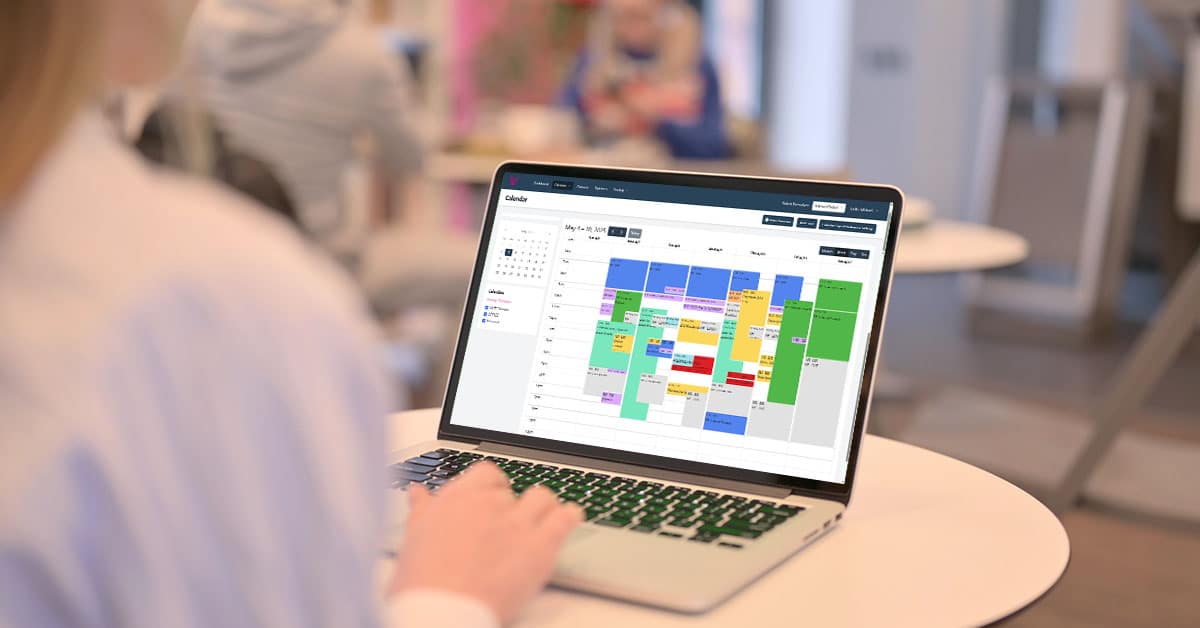In today’s fast-paced business environment the ability to make quick, informed decisions is more critical than ever for executives. However, the sheer volume of data to be sifted through can be overwhelming. This is where executive assistants (EAs) play a key role by leveraging data visualization tools to transform complex data sets into clear, insightful visual representations. This article delves into the importance of these tools and provides practical tips on how they can be effectively used to support executive decision-making.
The Importance of Data Visualization in Decision-Making
Data visualization is not just about making pretty charts and graphs; it’s about telling a story with data. By presenting data visually, EAs help executives quickly grasp complex information, identify trends, and spot outliers. This immediate access to key insights allows for quicker decision-making, which is essential in maintaining a competitive edge.
Choosing the Right Data Visualization Tools
Several data visualization tools are available, each with its strengths. Tools like Tableau, Microsoft Power BI, and Google Data Studio offer a range of functionalities from basic charting to advanced analytics. Selecting the right tool depends on the specific needs of your executive and the complexity of the data you are dealing with.
Understanding Your Audience
Before creating any visual representation of data, it’s crucial to understand who your audience is. What does your executive need to know? What are their priorities? Tailoring your visualization to the executive’s preferences and decision-making style can significantly impact its effectiveness.
Simplifying Complex Data
One of the primary benefits of data visualization is the ability to simplify complex data. By focusing on key metrics and trends relevant to the executive’s needs, EAs can ensure the visualization remains focused and actionable.
Tips for Effective Data Visualization
- Start with a clear question: Define what decision the executive needs to make and what question(s) the data visualization should answer.
- Choose the right type of chart: Different charts serve different purposes. Use bar charts for comparisons, line charts for trends over time, and pie charts for showing parts of a whole.
- Use color wisely: Color can highlight important data points or trends but use it sparingly to avoid confusion.
- Keep it simple: Avoid clutter by only including necessary information. Too much data can be as bad as too little.
- Annotate with care: Use text annotations to highlight key insights, but don’t overcrowd your visualization with text.
Case Study: Visualizing Sales Data for Strategic Planning
Imagine an executive assistant tasked with assisting in strategic planning by analyzing quarterly sales data. By using data visualization tools, the EA can create a series of charts to show sales performance across different regions, identify trends over time, and highlight underperforming areas. This visual approach allows the executive to quickly grasp the overall performance and make quick, informed decisions on where to focus strategic efforts.
Overcoming Challenges in Data Visualization
EAs may face several challenges when working with data visualization, including dealing with incomplete data, selecting the appropriate visualization tool, and ensuring accuracy. Overcoming these challenges requires a combination of technical skills, critical thinking, and ongoing learning.
Conclusion: Empowering Decision-Making with Visual Insight
Data visualization is a powerful tool that executive assistants can use to enhance the decision-making process. By transforming complex data into easily understandable visual formats, EAs can provide executives with the insights needed to make informed decisions swiftly. As businesses continue to navigate an increasingly data-driven world, the role of the executive assistant in facilitating this process will only grow in importance.
FAQs
Q: What are the best data visualization tools for executive assistants?
A: Popular choices include Tableau, Microsoft Power BI, and Google Data Studio, depending on the specific needs and data complexity.
Q: How can I learn data visualization techniques?
A: Many online courses and tutorials are available from platforms like Coursera, Udemy, and LinkedIn Learning that cover various aspects of data visualization.
Q: Can data visualization replace detailed reports?
A: While data visualization can highlight key insights, detailed reports are still necessary for in-depth analysis and context. Visualizations should complement detailed reports, not replace them.
By harnessing the power of data visualization tools, executive assistants can play a crucial role in enhancing executive decision-making, proving once again the indispensable role they play in the modern business landscape.



